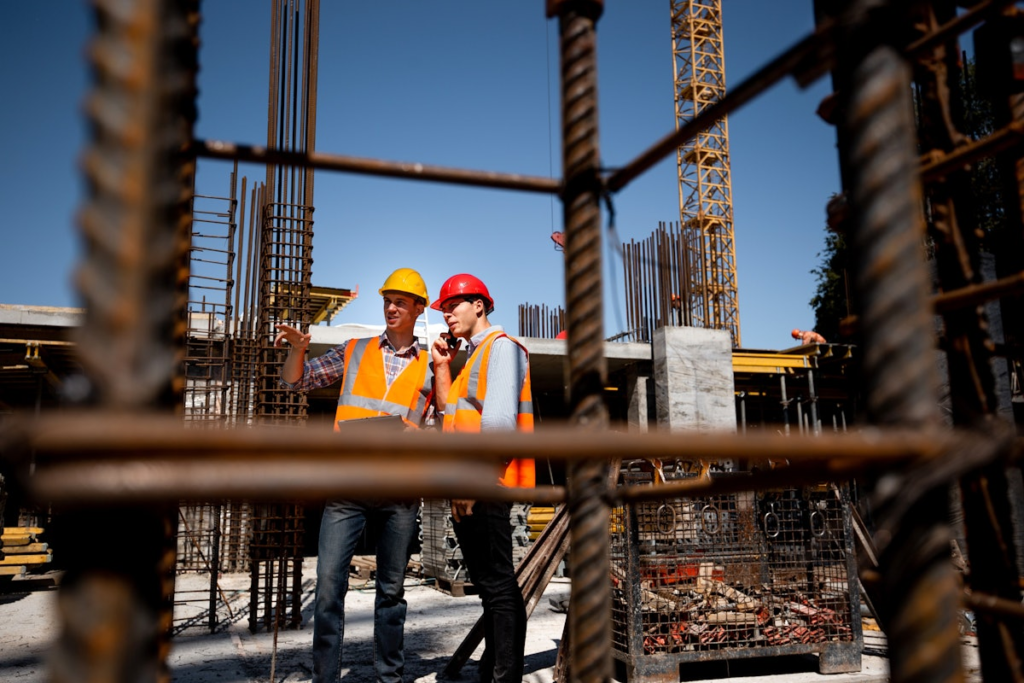Construction Industry Outlook: A Roadmap to Sustainable Growth
Construction expenditures are currently experiencing a historic peak, with infrastructural enhancements, data center constructions, and manufacturing facility reshoring initiatives gaining momentum nationwide. The upsurge in construction activities has, however, led to a supply-demand mismatch, resulting in steep material prices, a critical shortage of skilled workers, prolonged permitting processes, and outdated manual project management practices prevailing in the industry.
The Surge in Construction Activity
The recent passage of a $1 trillion federal infrastructure bill, coupled with increased investments in green energy infrastructure and the resurgence of U.S. consumer demand, has catalyzed significant growth in commercial construction. A substantial portion of the infrastructure bill has been allocated towards water quality enhancement, broadband expansion, and road and bridge improvements. Approximately 40,000 new projects spanning various sectors are already in progress under the current administration.
Additionally, the rapid reshoring of manufacturing operations from countries like China back to the U.S. has spurred a remarkable uptick in construction spending for manufacturing facilities. Companies across diverse industries are leading the charge in this exodus, fueling the construction sector’s expansion.
Challenges: Tackling Productivity Gaps and Red Tape
While the construction labor shortage remains a well-documented challenge, less-discussed obstacles like regulatory red tape and productivity inefficiencies pose significant hurdles to project advancements. Studies reveal that the construction industry has exhibited the slowest labor productivity growth among all sectors in the U.S. As a result, rework expenses are estimated to exceed $65 billion annually, primarily due to manual data entry errors, inaccurate estimations, and ineffective cost tracking mechanisms.
The bureaucratic hurdles, such as the cumbersome permitting processes and onerous environmental review regulations, further exacerbate project delays. Lengthy NEPA-mandated studies, complex permit identification procedures, and protracted interconnection queue clearances significantly impede project timelines. Additionally, restrictive immigration policies hinder the influx of skilled foreign workers, while inadequate funding for technical education exacerbates workforce recruitment challenges.
Solutions: Embracing Technological Advancements
The integration of technology holds the key to enhancing productivity across construction projects. Modern estimating software enables workers to leverage historical data for precise cost projections, expediting bid preparations and project kickoffs. Materials management platforms streamline procurement processes, ensuring optimal pricing and timely deliveries to prevent schedule disruptions.
Furthermore, innovative tools like real-time image capture technology, Optical Character Recognition, and AI applications streamline documentation processes, dispute resolutions, and code compliance checks, enhancing operational efficiency. Automation of repetitive tasks liberates personnel to focus on value-added activities, heralding a new era of digital transformation in the construction realm.
Advocating Policy Reforms
Policy reforms play a pivotal role in overcoming industry challenges and fostering sustainable growth. Streamlining the visa application process for skilled foreign workers, enhancing educational funding for construction-centric programs, and expediting permitting procedures through digital platforms are critical steps towards alleviating workforce shortages and accelerating project approvals.
Additionally, standardizing building codes, setting time limits on environmental reviews, and expediting approvals for energy projects are essential measures to bolster construction progress. By aligning policy frameworks with industry needs, policymakers can propel the construction sector towards a prosperous future.
The next decade holds immense potential for the construction sector in the U.S. By embracing technological innovations and enacting strategic policy reforms, the industry can embark on a transformative journey towards sustainable development and operational excellence.
—
With the construction industry poised for unprecedented growth, stakeholders must navigate challenges through a combination of technological prowess and policy advocacy to ensure a resilient and thriving sector.

